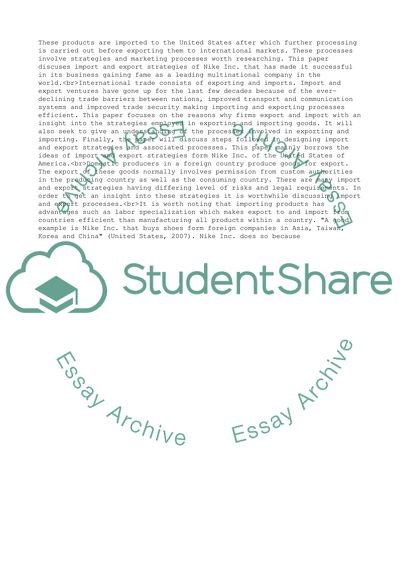Cite this document
(Perspectives on International Trade and Finance Assignment - 3, n.d.)
Perspectives on International Trade and Finance Assignment - 3. https://studentshare.org/business/1795206-perspectives-on-international-trade-and-finance
Perspectives on International Trade and Finance Assignment - 3. https://studentshare.org/business/1795206-perspectives-on-international-trade-and-finance
(Perspectives on International Trade and Finance Assignment - 3)
Perspectives on International Trade and Finance Assignment - 3. https://studentshare.org/business/1795206-perspectives-on-international-trade-and-finance.
Perspectives on International Trade and Finance Assignment - 3. https://studentshare.org/business/1795206-perspectives-on-international-trade-and-finance.
“Perspectives on International Trade and Finance Assignment - 3”. https://studentshare.org/business/1795206-perspectives-on-international-trade-and-finance.


